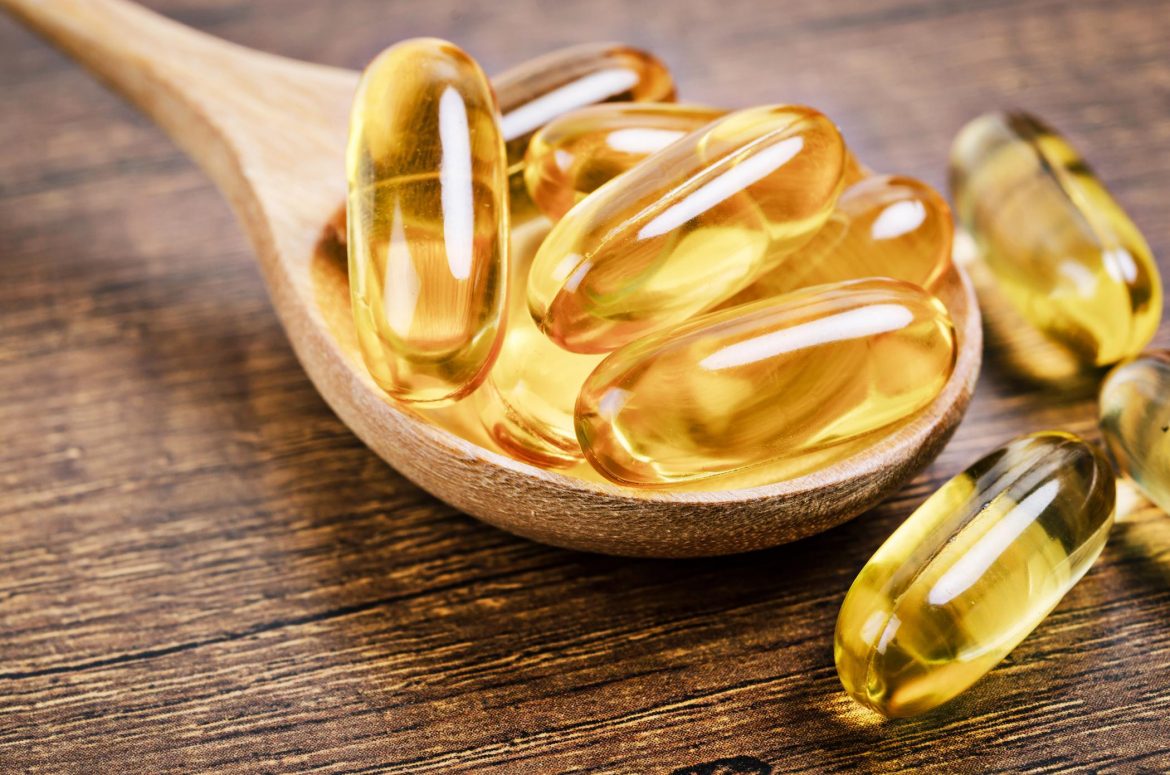According to a new study, milk and water are the most effective transporters for vitamin D absorption.
The findings were presented in Milan, Italy, during the 24th European Congress of Endocrinology. Vitamin D deficiency has been related to a variety of health problems, including the immunological response to COVID-19. According to estimates, up to 40% of the European population may be deficient in vitamin D, with 13% potentially suffering from severe vitamin D deficiency2.
Vitamin D supplements are so essential, and understanding whether they will be absorbed and how to best promote absorption is critical.
Dr Rasmus Espersen of Aarhus University in Denmark and his colleagues performed a randomised experiment on 30 postmenopausal women aged 60-80 with vitamin D insufficiency to answer this question.
The study’s goal was to assess instantaneous changes in blood concentrations in response to the ingestion of different foods containing 200 g D3. The trial participants were given 500 mL of water, milk, juice, juice with vitamin D bound to whey protein isolate, and 500 mL of water without vitamin D (placebo) in random sequence.
On each research day, blood samples were obtained at 0h, 2h, 4h, 6h, 8h, 10h, 12h, and 24h.
“One thing that shocked me was that the findings in the water and milk groups were the same.”
“This was somewhat surprising given that milk includes more fat than water,” Dr Espersen explained.
According to the findings, whey protein isolate in apple juice did not increase the maximum concentration of D3.
It is compared to juice that does not include WPI. However, when compared to juice, D3 concentrations were substantially greater in response to milk and water consumption. There was no discernible difference between milk and water. As a result, this study concludes that vitamin D fortification works better in water or milk than in juice.





